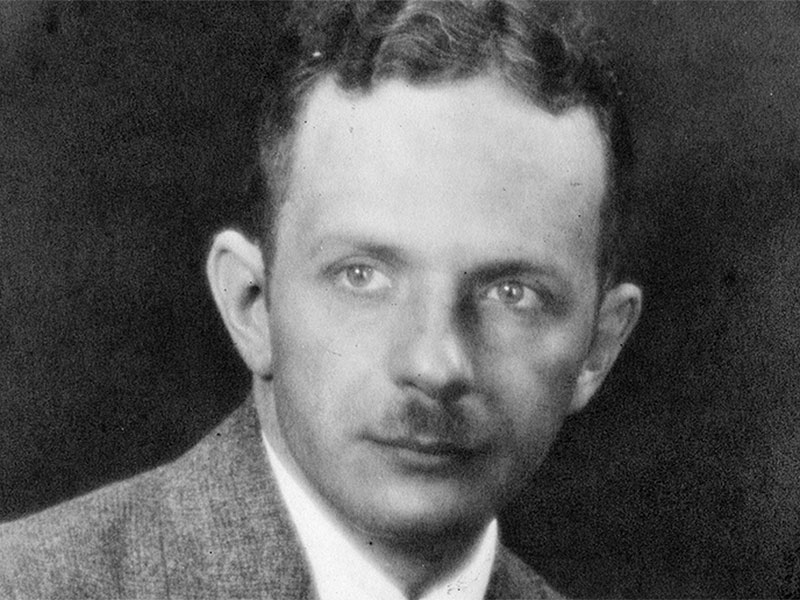
The Anti-Lynching Campaign 1912-1955 Series B. A flag displayed from NAACP headquarters window with the words a man was lynched yesterday.
Lynching was used to repress the African American population.
Naacp anti lynching campaign. The National Association for the Advancement of Colored People NAACP aggressively challenged this prevailing assumption during their anti-lynching campaign. Although NAACPs successful legal assaults on segregation in the 1940s and 1950s tend to overshadow the organizations earlier activities obtaining federal anti-lynching legislation was their primary goal from 1909 to 1939. Unfortunately this important chapter in the history of the NAACP.
The first phase of the NAACPs anti-lynching campaign was the Republican-led attempt to pass the Dyer Anti-Lynching Bill in 1921-22. Dyer a Republican Congressman from St. Louis Missouri introduced a revised version of his 1918 anti-lynching bill in the House of Representatives.
In essence this bill gave the federal government the authority to punish lynch mobs when the agents of. 1916 NAACP Anti-Lynching Campaign Elisabeth Freeman 1916 NAACP Anti-Lynching Campaign In early 1916 Elisabeth Freeman was hired by the Texas Womans Suffrage Association to make some inroads there. On the long train trip down to Texas Elisabeth met Roy Nash who was working on an anti-lynching effort for the NAACP.
Congressman Leonidas Dyer of Missouri first introduced his Anti-Lynching Billknown as the Dyer Billinto Congress in 1918. The NAACP supported the passage of this bill from 1919 onward. They had not done so initially arguing that the bill was unconstitutional based on the recommendations of Moorfield Storey a lawyer and the first president of the NAACP.
Storey revised his position in 1918 and from 1919 onward the NAACP supported Dyers anti-lynching. The NAACP formed a special committee in 1916 in order to push for anti-lynching legislation and to enlighten the public about lynching. This organizations purpose was to ensure that African Americans got their economic political social and educational rights.
Anti-Lynching Campaign In 1917 some 10000 people in New York City participated in an NAACP-organized silent march to protest lynchings and other violence against Black people. F ormed in 1908 the NAACP spent its first few years focused largely on fighting Jim Crow and other forms of segregation but leaders were keen to get involved in a burgeoning anti-lynching movement and understood immediately upon hearing about Washingtons death that they needed to redouble their efforts. To that end NAACP secretary Roy Nash wired Elisabeth Freeman an English-born.
Poster for the NAACP anti-lynching campaign. National Association for the Advancement of Colored People American founded 1909. 15 14 x 10 78 in.
387 x 276 cm. 1930-Bill idea taken into consideration. Lynching was used to repress the African American population.
The NAACP was not the first to have an anti lynching campaign. The NAACP was however the first to have a successful anti lynching campaign and by extent the last. Walter White was sent by the NAACP to investigate lynchings in Brooks- Lowndes County Georgia.
The lynching of Mary Turner was one of the investigations. Abusive plantation owner Hampton Smith was shot and killed. A week long manhunt resulted in the killing of the husband of Mary Turner.
The NAACPs campaign to raise awareness of lynching also included publicity of ongoing incidents of lynching as well as sponsored conferences lectures and rallies to promote anti-lynching legislation. The Dyer Act and other attempts at anti-lynching legislation. The NAACPs Major Campaigns Scottsboro Anti-Lynching Criminal Justice Peonage Labor and Segregation and Discrimination Complaints and Responses.
This NAACP module focuses on the NAACPs efforts regarding anti-lynching peonage and discrimination in employment and the criminal justice system. A rich set of records in this module is the NAACP file on one of the most. The mission of the National Association for the Advancement of Colored People is to ensure the political educational social and economic equality of rights of all persons and to eliminate race-based discrimination NAACP NAACPs Anti- Lynching Campaign The Dyer.
An anti-lynching poster distributed by the NAACP. The poster consists of black text on brown paper. The title at the top reads FOR THE GOOD OF AMERICA and the text continues with headings in large text including 3436 People Lynched 1889 to 1922 and Is Rape the Cause of Lynching.
There are no inscriptions front or back. By 1916 the nascent NAACP formed by white and black activists were desperate for a detailed investigation of a lynching to launch a nationwide anti-lynching campaign. NAACP staffer Roy Nash was tasked with getting ready for the next inevitable lynching so they could get someone on the scene quickly.
Library of Congress Folders. NAACP anti-lynching fundraising campaign. Papers of the NAACP Part 07.
The Anti-Lynching Campaign 1912-1955 Series B. Anti-Lynching Legislative and Publicity Files 1916-1955. Students and branch members demonstrating against lynching.
Snapshots of William Hastie and Walter White with Congressmen Joseph Gavagan and Raymond McKeough lobbying for anti-lynching legislation in Washington DC. A flag displayed from NAACP headquarters window with the words a man was lynched yesterday. Portraits of lynch victims and lynch mobs.
Some photos of victims families. In December 2018 the US. Senate passed a federal anti-lynching bill for the first time.
The significant milestone is preceded by at least 240 failed attempts since 1901 to pass any bill or. Guide to the Microfilm Edition of Papers of the NAACP Part 7. The Anti-Lynching Campaign 1912-1955.
Anti-lynching Investigative Files 1912-1953. Anti-Lynching Legislative and Publicity Files 1916-1955. Microfilm E 18561 P35 pt.
7 series A B Guide. For more information about this subject in our Library Catalog check out these Subject Categories.
